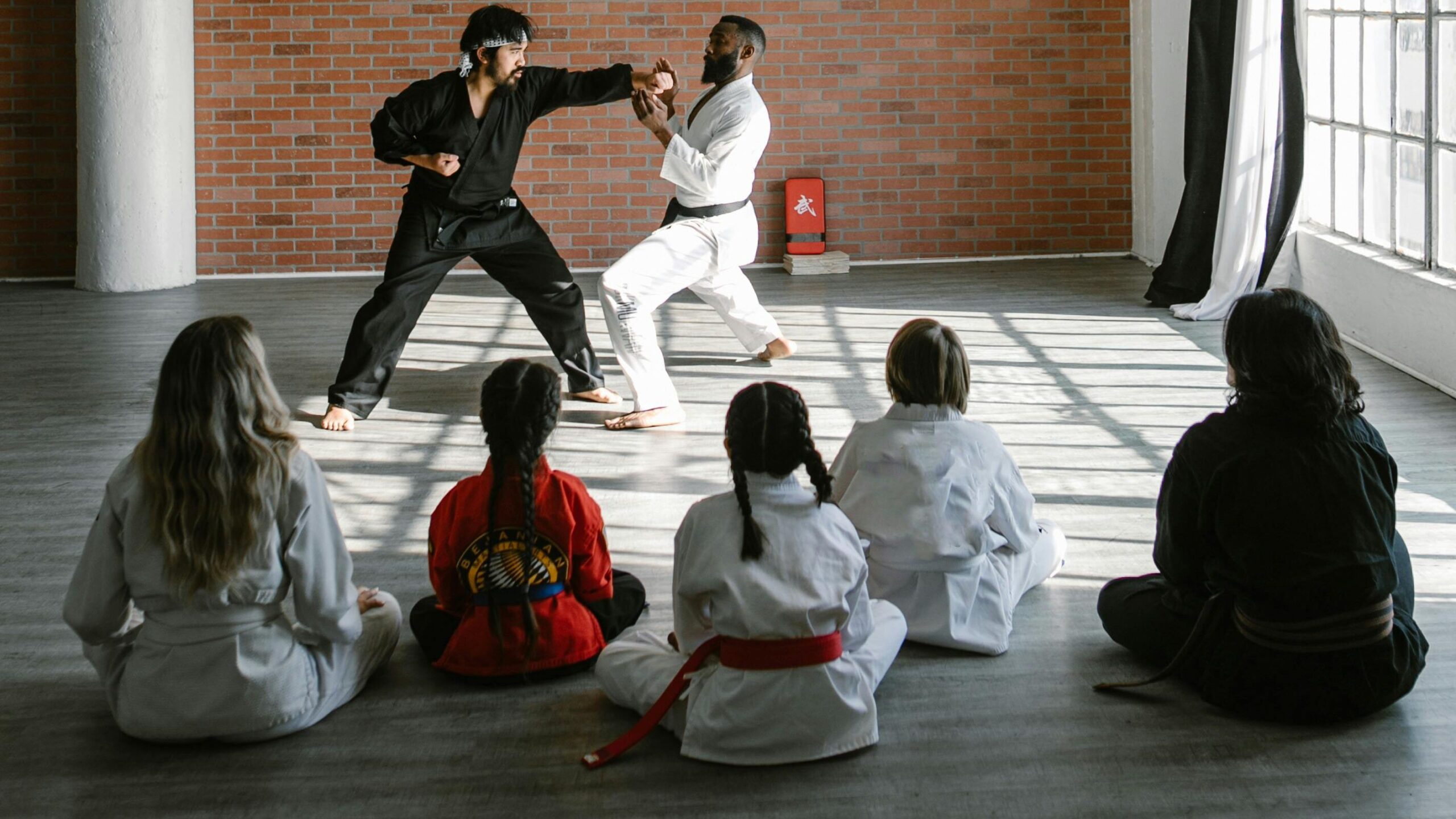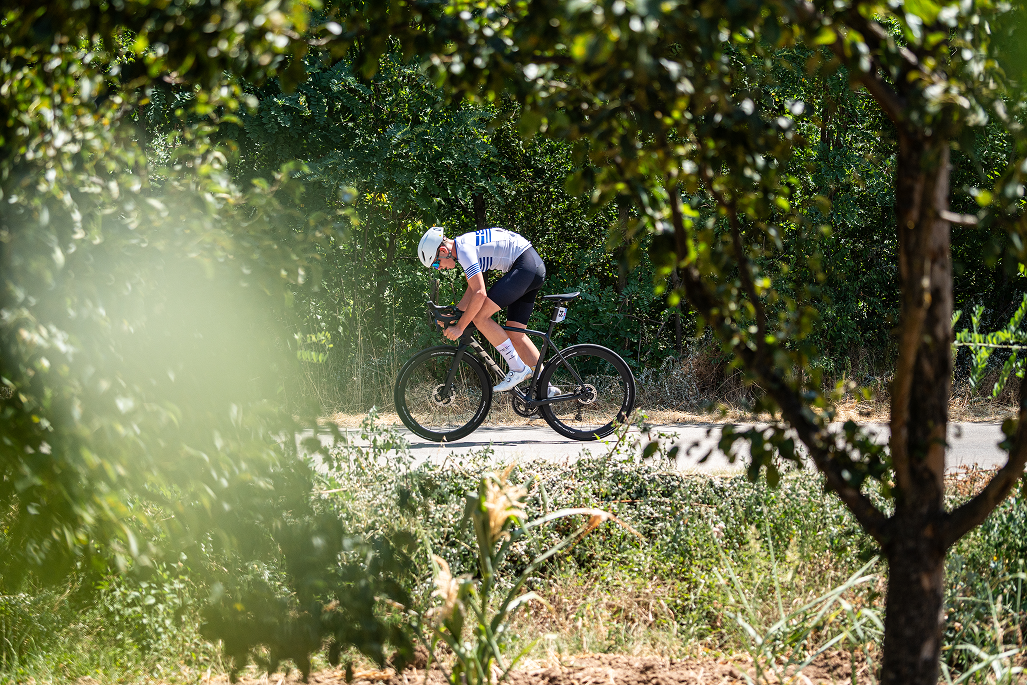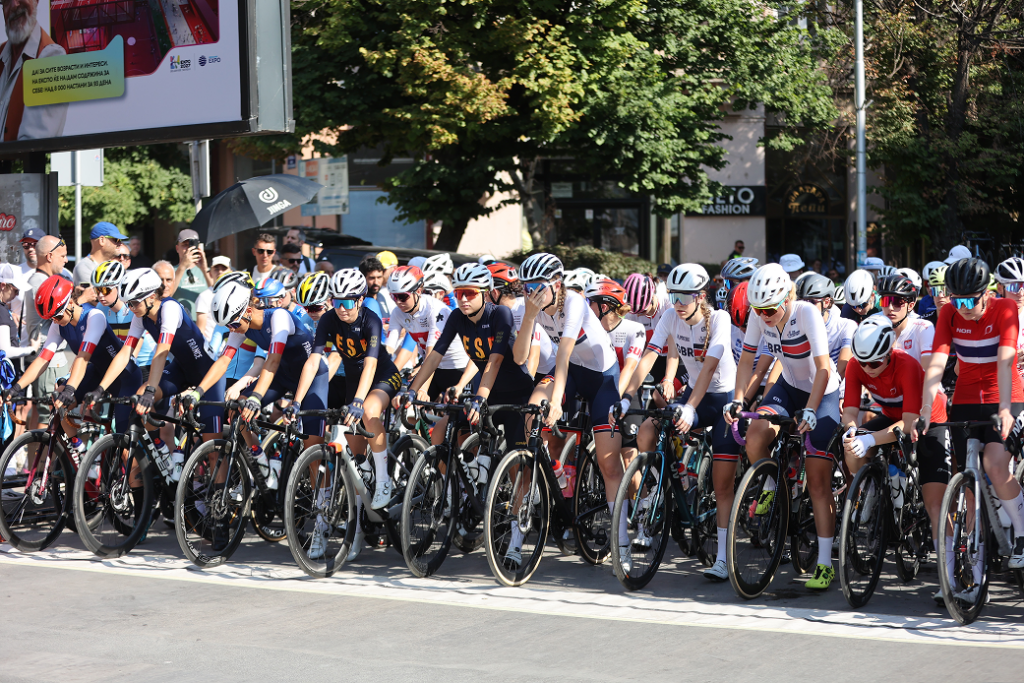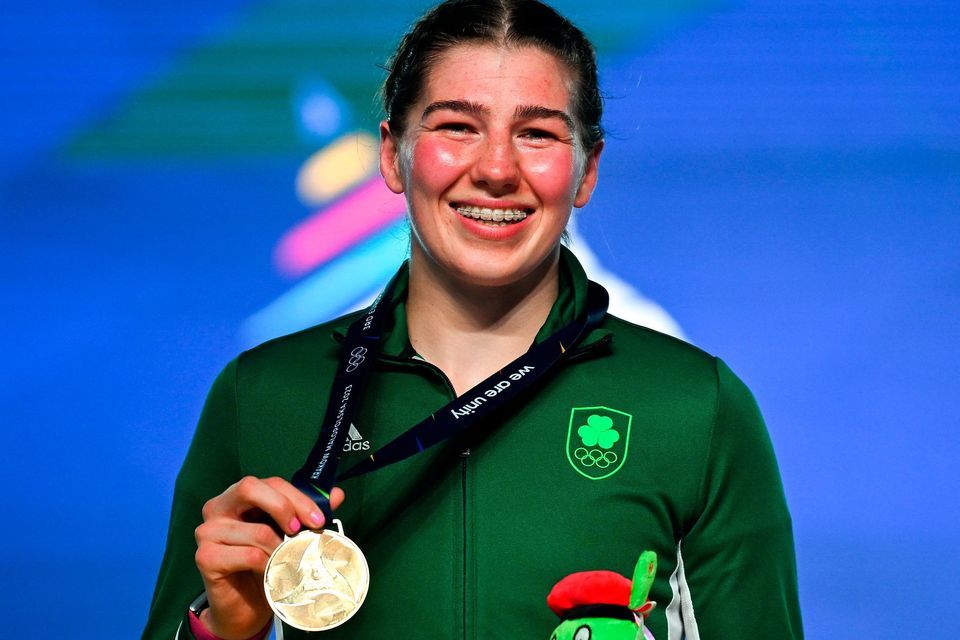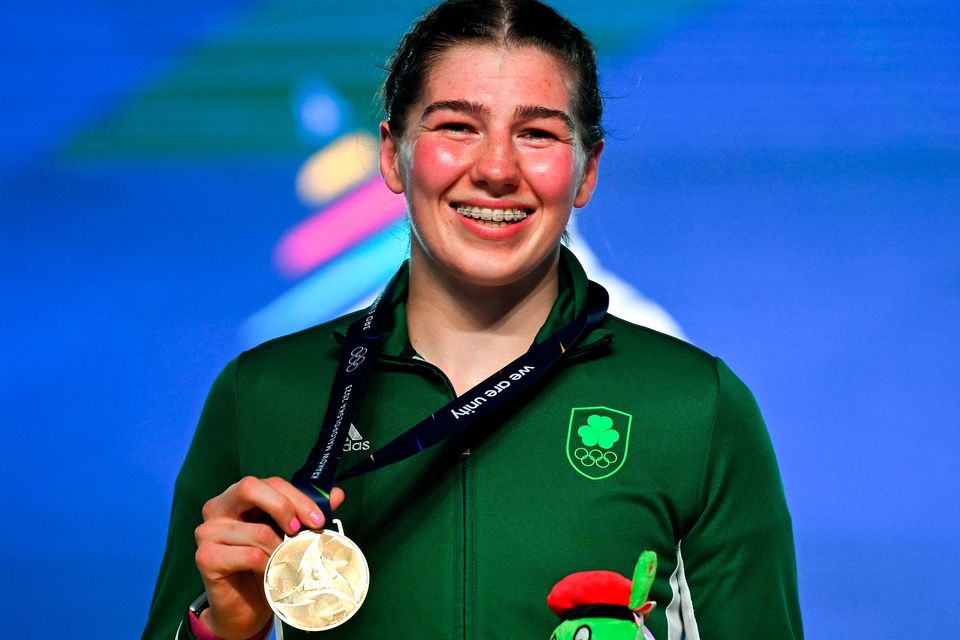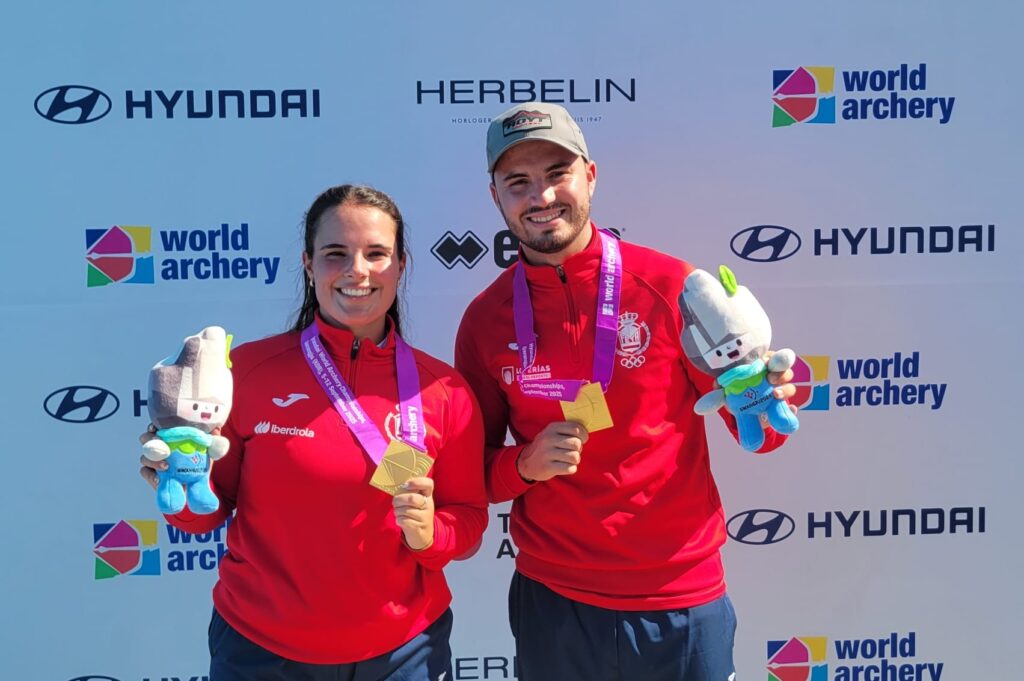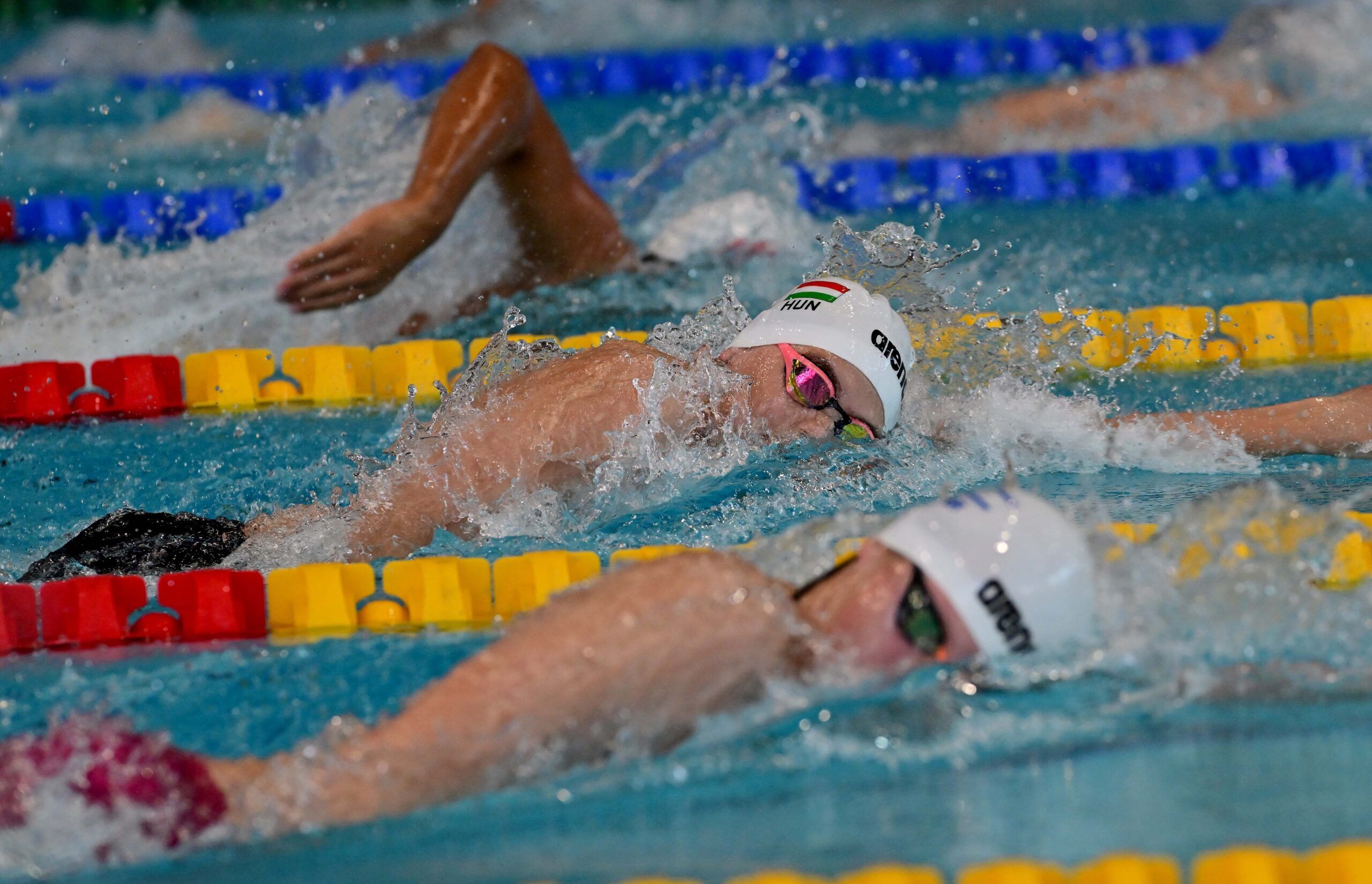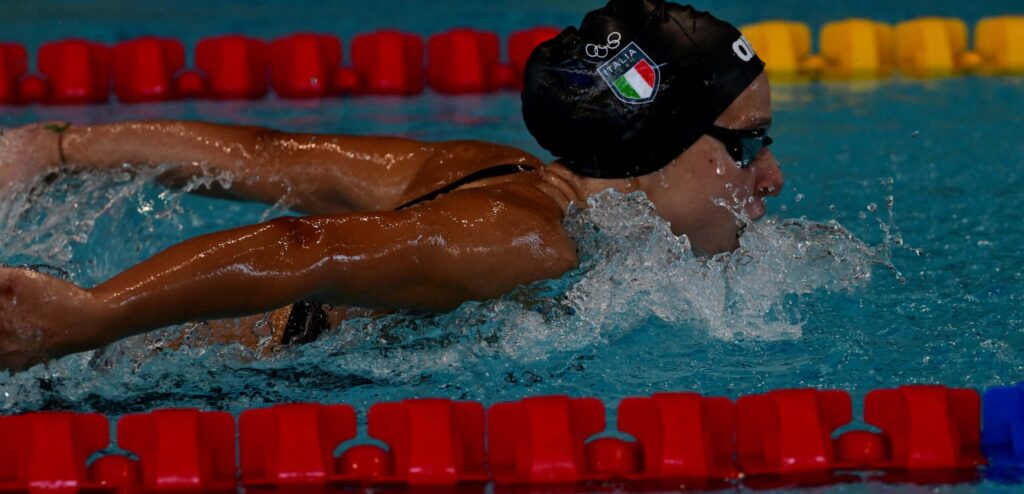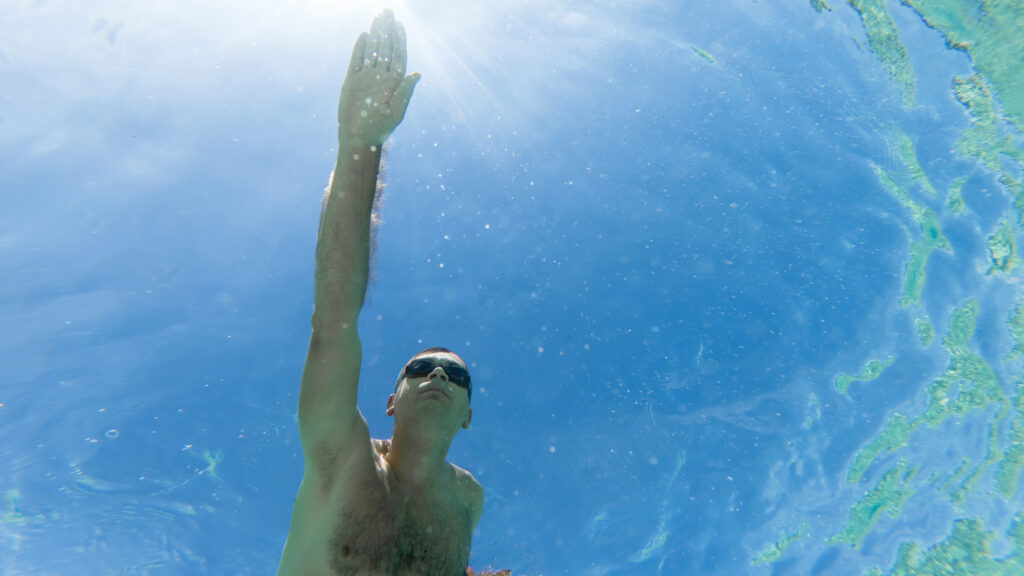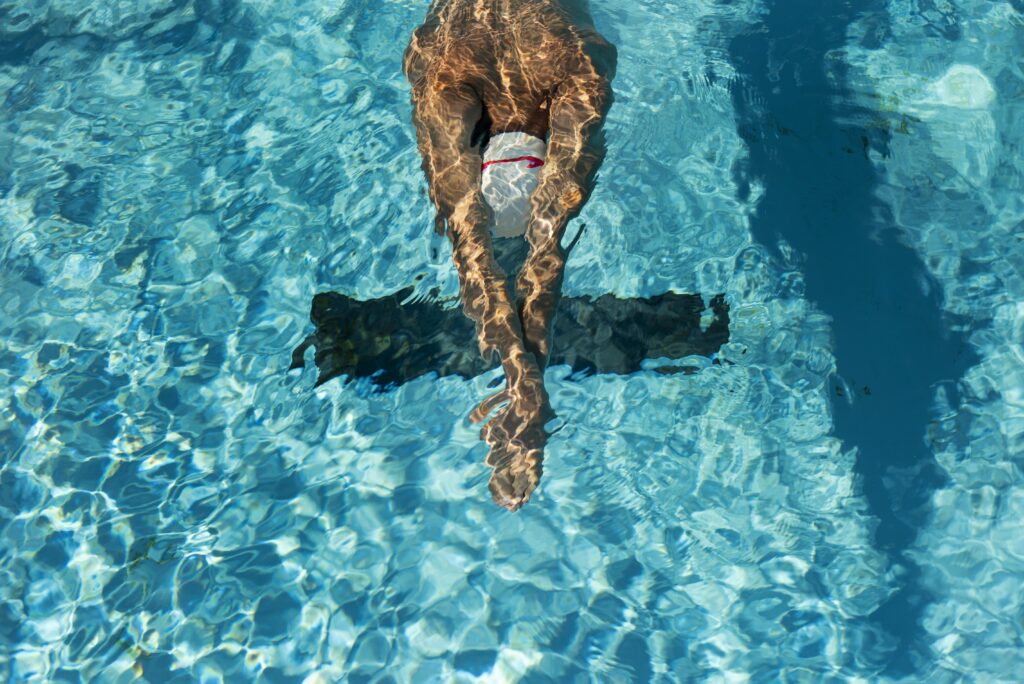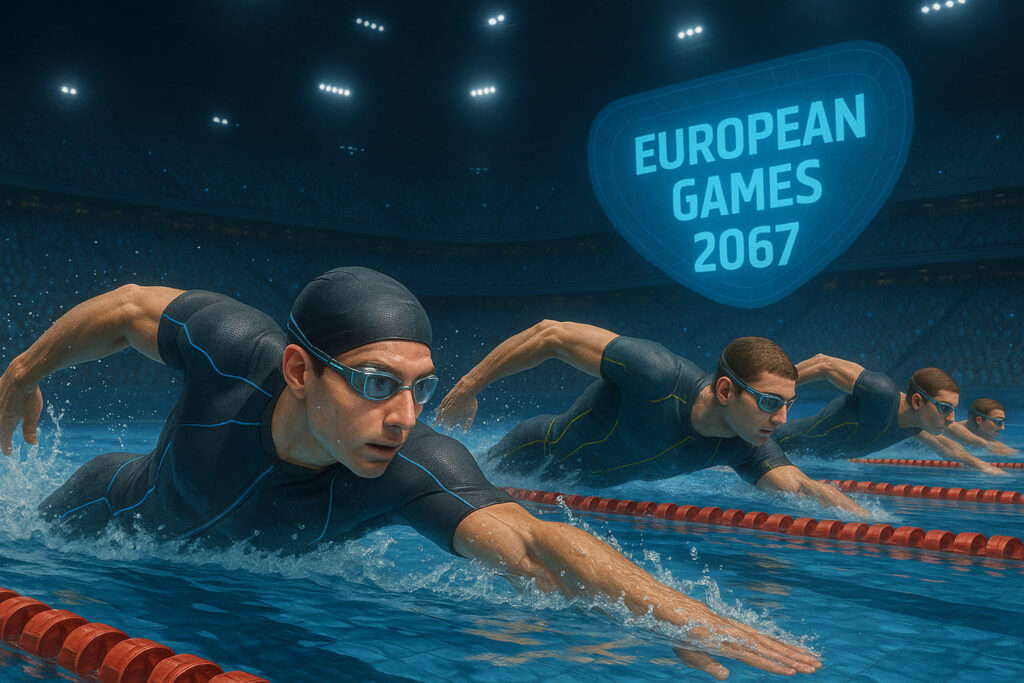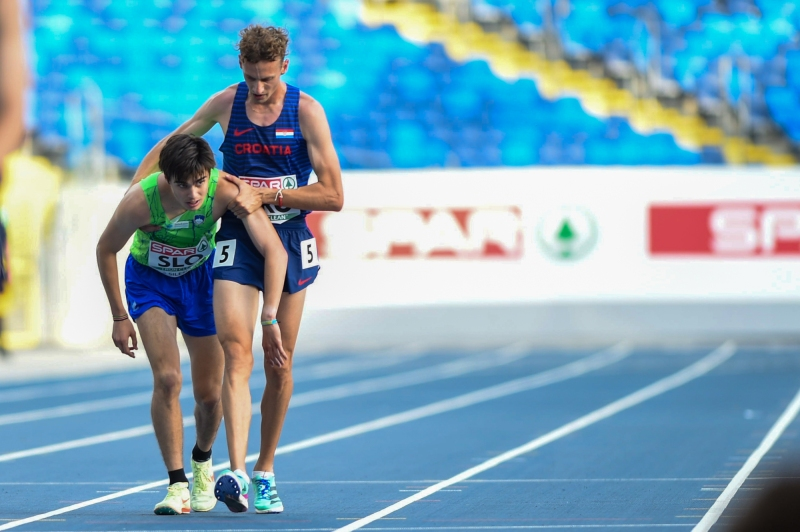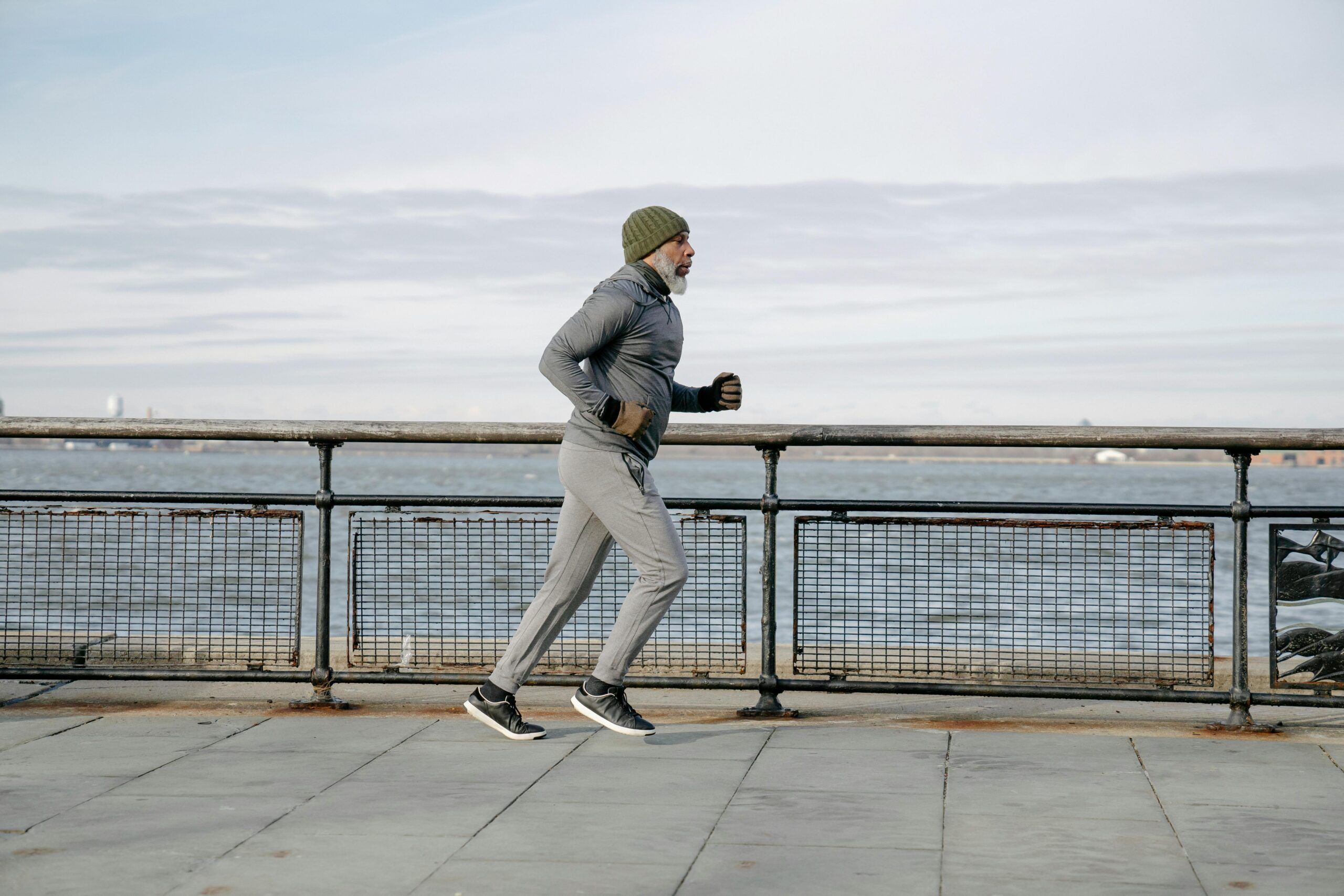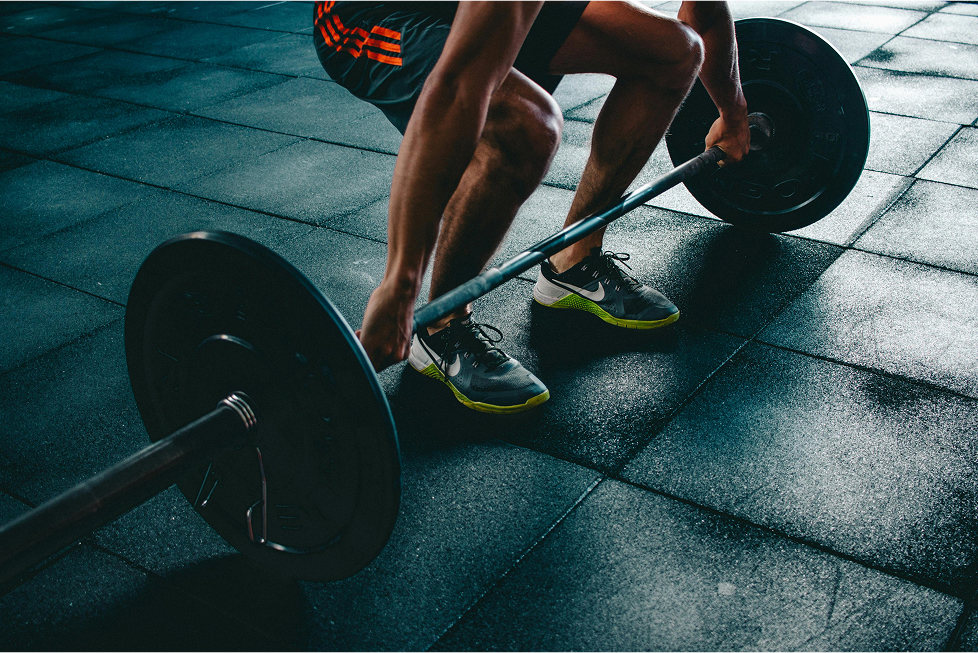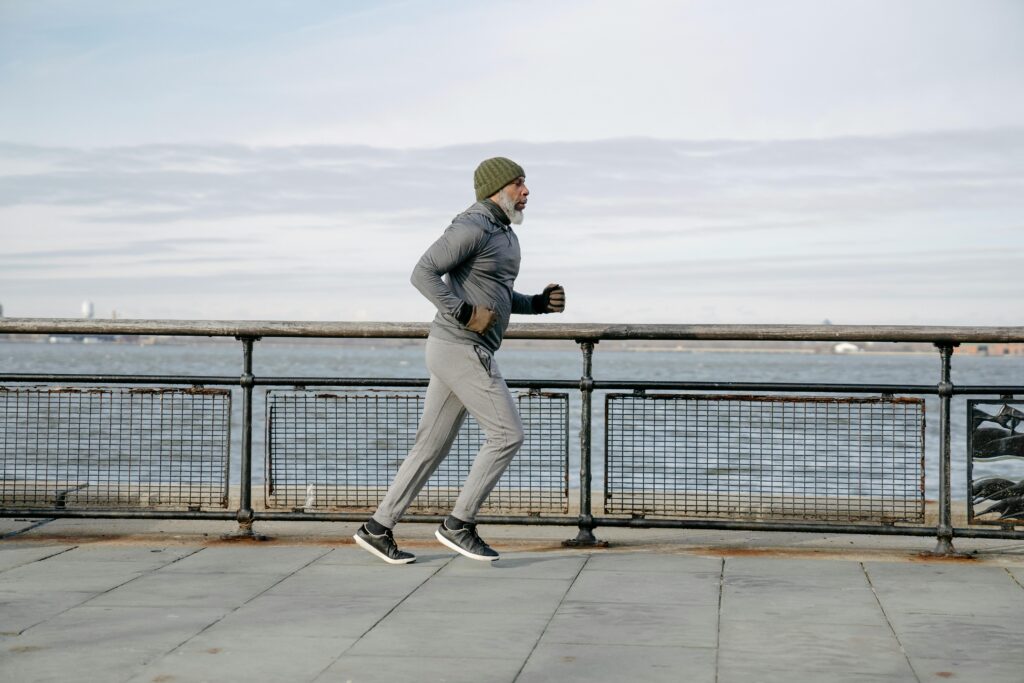European Team Table Tennis Championships 2025 Kick Off in Zadar
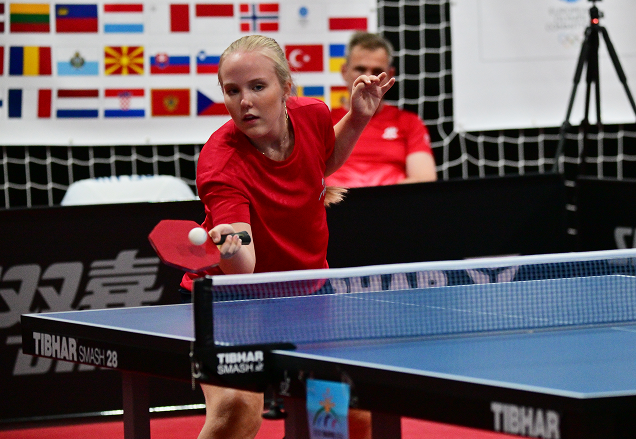
Zadar (Croatia), 14 October 2025 — The Krešimir Ćosić Arena in Zadar has become the beating heart of European table tennis as the 2025 European Team Championships get underway. From 14 to 19 October, the Croatian coastal city will host 24 men’s and 24 women’s national teams competing for continental glory.
🔹 Europe’s Elite Gather in Croatia
Organised by the European Table Tennis Union (ETTU), the event marks the long-awaited return of the team format to the Balkans. The opening ceremony featured all 48 teams parading before a packed arena, setting an electric atmosphere for a week of top-level competition.
🔹 Format and World Championship Qualification
The tournament begins with eight groups of three teams. The top two from each group advance to the Round of 16, followed by the quarter-finals, semi-finals, and the grand final on 19 October. Beyond the European title, the top 16 teams overall will also secure automatic qualification for the 2026 World Team Championships, to be held in London.
🔹 Favourites and Contenders
In the men’s competition, Sweden enters as the defending champion and top favourite, with Truls Möregårdh, Mattias Falck, and Anton Källberg leading the squad. Germany, France, Portugal, and Slovenia are expected to be strong challengers.
On the women’s side, Germany defends the crown it captured in Malmö 2023, while Romania, France, Hungary, and Poland aim to challenge their dominance. Several younger national teams will be looking to make their mark in Zadar. Among other notable contenders are Spain, England, Italy, and Croatia, all targeting a place in the knockout stage and a spot at the 2026 Worlds.
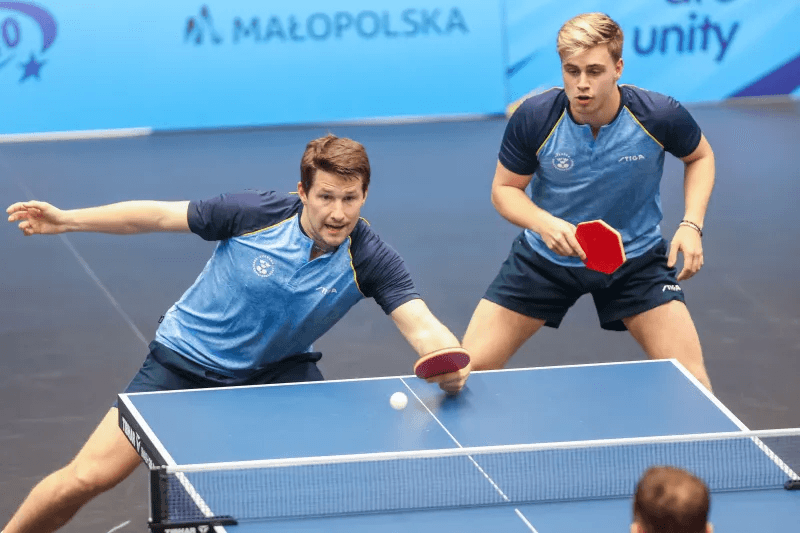
🔹 A Historic Host Venue
The Krešimir Ćosić Arena, with capacity for more than 9,000 spectators, is hosting a European Table Tennis Championships for the first time. Regarded as one of the most modern sports venues in the Balkans, it offers a perfect blend of tradition, innovation, and atmosphere. The city of Zadar, known for its rich cultural heritage and passion for sport, has also prepared a series of cultural and community events to complement the competition, highlighting its role as a true European table tennis hub.
🔹 Broadcast
All matches are available via ETTU.tv, with international coverage and full replays available on demand.
The championship runs from 14 to 19 October 2025 at the Krešimir Ćosić Arena in Zadar, Croatia, featuring 24 men’s and 24 women’s national teams. Organised by the European Table Tennis Union (ETTU), the tournament not only crowns Europe’s top teams but also provides the top 16 squads with automatic qualification for the 2026 World Team Championships in London.

